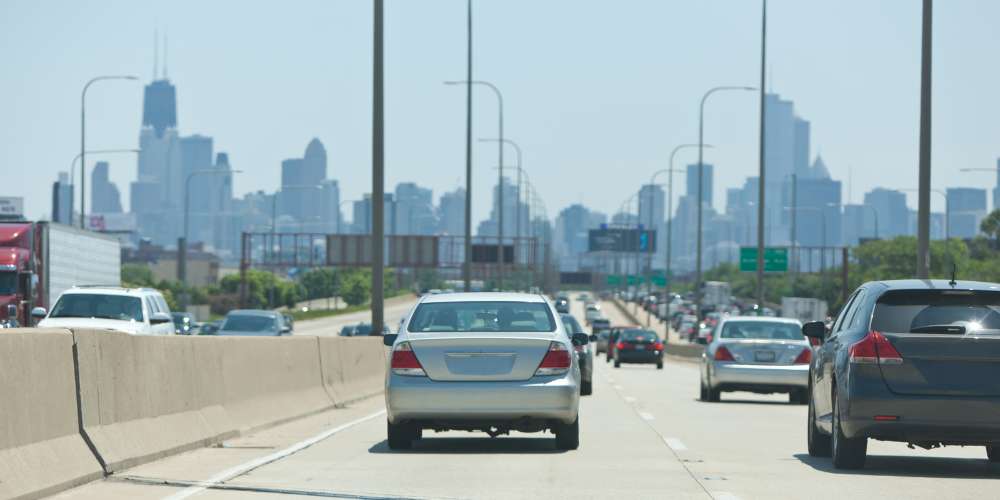While we recommend seeing a chiropractor after a car accident, the most important way to…
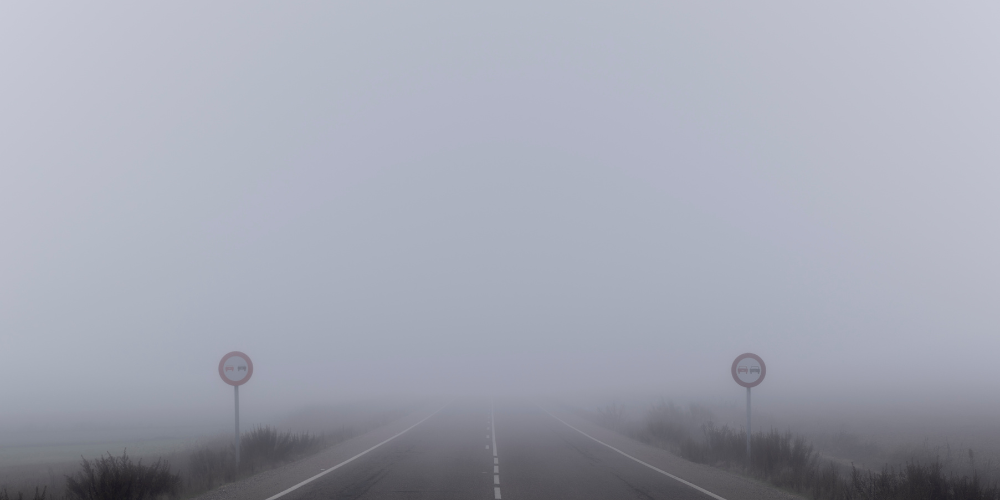
4 Tips for Driving with Poor Visibility
Driving in bad weather is inevitable. While it’s best to avoid it entirely, you may be surprised by sudden changes in the forecast as you drive or you may have no choice but to brave the elements. Oftentimes this bad weather comes with diminished visibility. In order to help you avoid accidents and stay safe no matter what the driving conditions are, we’ve put together 4 tips for driving with poor visibility.
Use your low beam lights in heavy fog
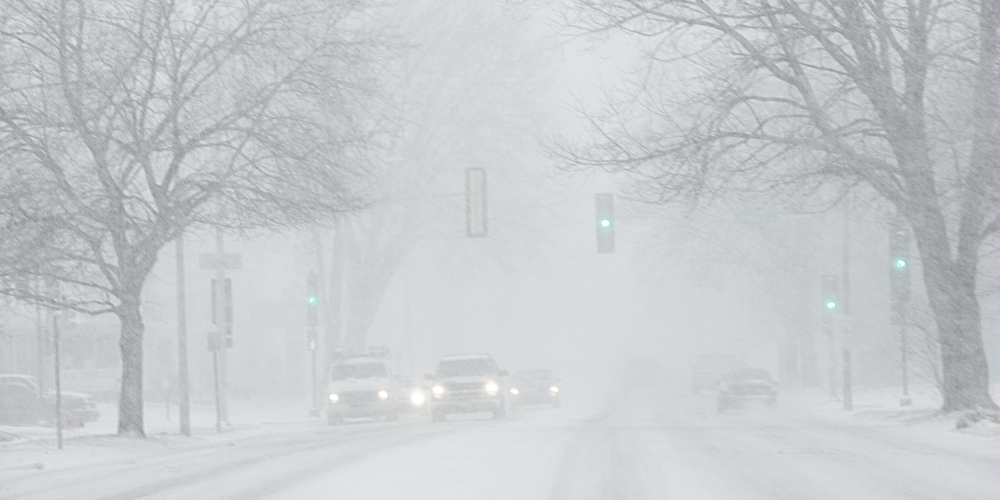
One of the most common low visibility conditions you will come across is fog, whether that be early in the morning or right before a rainfall. One of the difficult things about fog is that it bounces light back, so it can make driving with your lights on difficult. However, it’s important to have lights on not only to see if it’s dark outside, but also so that other cars can be aware of your location as well and avoid hitting you.
An easy solution around this is to use your low beam headlights. While it might seem counter productive to use less light in low visibility, low beams allow you to see and be seen without bouncing too much light back at you in the fog. Low beams also turn on your back tail lights, which makes it safer for cars following you to know how far of a distance to keep.
Keep your defroster on

Defrosters are great for more than just melting ice left on your windshield. The hot air blowing on the glass can help keep steam at bay and clear up your windshield for a more unobstructed view of the road. This is helpful in situations where it is cold outside or if it’s humid, which is often the case in situations of bad weather such as rain, snow, or fog.
Decrease your speed
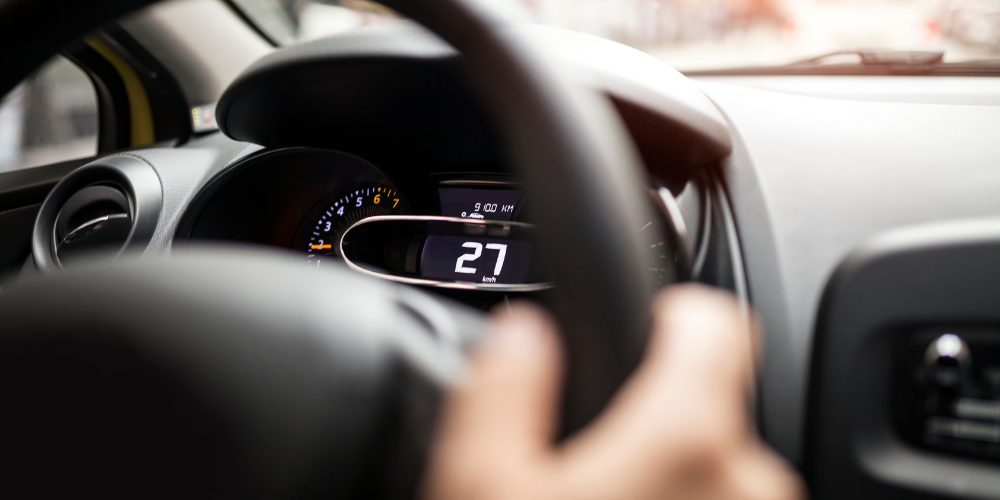
Even if the roads are clear of rain or snow, low visibility is a good sign that you should slow down. Remember that if you are having a difficult time seeing, so are others on the road. Taking a little extra time to be on the lookout for headlights or taillights around you will help you keep a safe driving distance and avoid a collision. Slowing down can also help you ensure that you don’t accidentally make a turn too early and slide off of the road.
While looking forward is often a difficult task in low visibility, occasionally looking at the road directly in front of you can be helpful, especially while turning, to ensure that you stay on the road and safely in your lane. Paying attention to the lines on the road (which are built to be reflective) can help you know the boundaries and keep you moving in a straight line.
Listen for other vehicles
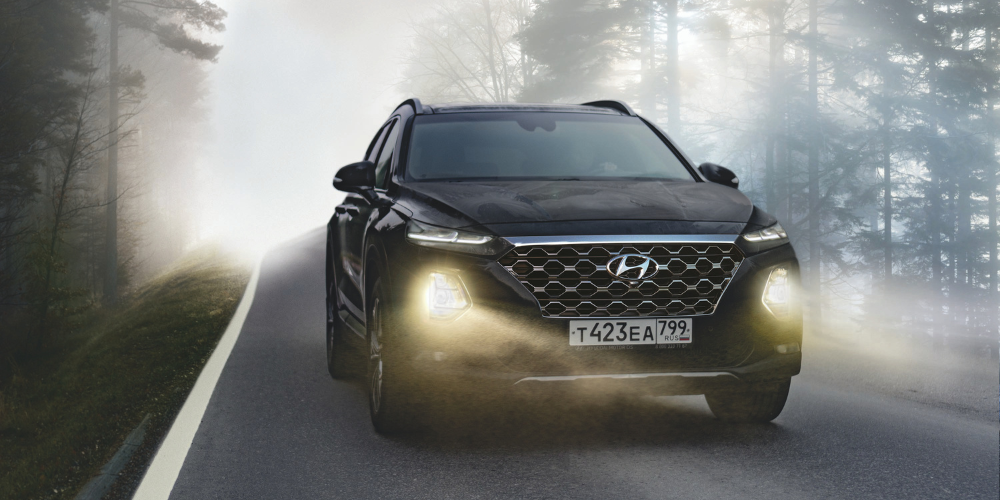
We love listening to music in the car as much as the next driver. However, in low visibility situations, turning the music off or lower can help you hear where other cars are in the event that you can’t see them. Listening for a motor or the sound of tires on the road can help you better locate other drivers and avoid an accident no matter if you can see them. If it’s not too rainy or wet outside, it might be a good idea to roll down your window a little to further help you hear where other drivers are on the road.
Caution is always the best policy
There are many different tips and tricks that people employ to drive safely in bad weather. Low visibility is a scary situation to find yourself driving in, but with extra caution, you can arrive at your destination safely. In the event that an accident is unavoidable, we are here to help you get back on the road and feel like yourself again. Through our network of doctors, you’ll be able to recover and be pain free again before you know it.
For more information, please contact us

